There is a long-standing cultural study of and interest in the cross-over between visual arts, music and literature. Critics have written a lot about how these forms can complement and inspire each other, and artists have often sought an interdisciplinary approach in order to expand the horizons of their particular form.
If you are interested in the over-lap between literature and music, ask yourself the following questions:
- Should lyrics be considered as literature?
- How are writers inspired by musicians and vice versa?
- What song lyrics resonate particularly with you?
- Can the closest affinity between music and literature be found in poetry, and if so, why?
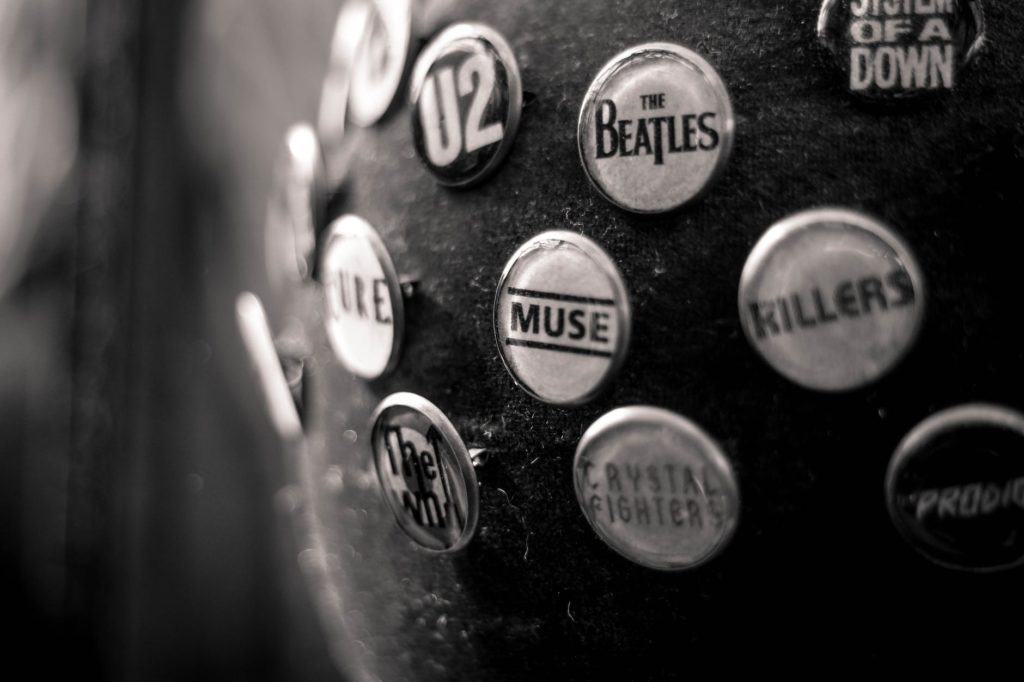
Click on the following links to listen to musical tracks which are particularly well suited to stimulating thoughts and ideas about the inter-relationship between music and literature:
Loreena McKennitt, ‘The Highwayman’
Pay particular attention to the narrative description of the highwayman at 1.20 – 3.06.
Have a look at McKennitt’s literary source: Alfred Noyes’s romantic ballad poem which was published in 1906.
Loreena McKennitt, ‘The Lady of Shalott’
Have a look at McKennitt’s literary source: Alfred Lord Tennyson’s lyrical ballad poem which was published in 1986.
Rufus Wainwright, ‘Sonnet 29’
Have a look at Wainwright’s literary source: William Shakespeare’s sonnet poem which was published in 1609.
Kate Bush, ‘Wuthering Heights’
Have a look at Bush’s literary source: Emily Bronte’s novel Wuthering Heights which was published in 1847.
Think about how novels can be adapted for the purposes of song as well as poems.
How does Bush manage to take on the voice of a fictional character?
Leonard Cohen, ‘Hallulelujah’
Notice Cohen’s use of biblical imagery.
Consider the literary quality of the following lyrics from the song:
- ‘Now I’ve heard there was a secret chord/ That David played, and it pleased the Lord’
- ‘You say I took the name in vain/ I don’t even know the name’
- ‘I’ll stand before the Lord of Song/ With nothing on my tongue but Hallelujah’
Bob Dylan, ‘Chimes of Freedom’
Think about Bob Dylan receiving the Nobel Prize for literature.
Notice Dylan’s poetic use of rhyme, repetition, metaphor, alliteration, and listing.
Consider the literary quality of the following lyrics from the song:
- ‘sky cracked its poems in naked wonder’
- ‘Striking for the guardians and protectors of the mind/ An’ the poet and the painter far behind his rightful time’
- ‘Tolling for the tongues with no place to bring their thoughts’
- ‘countless confused, accused, misused’
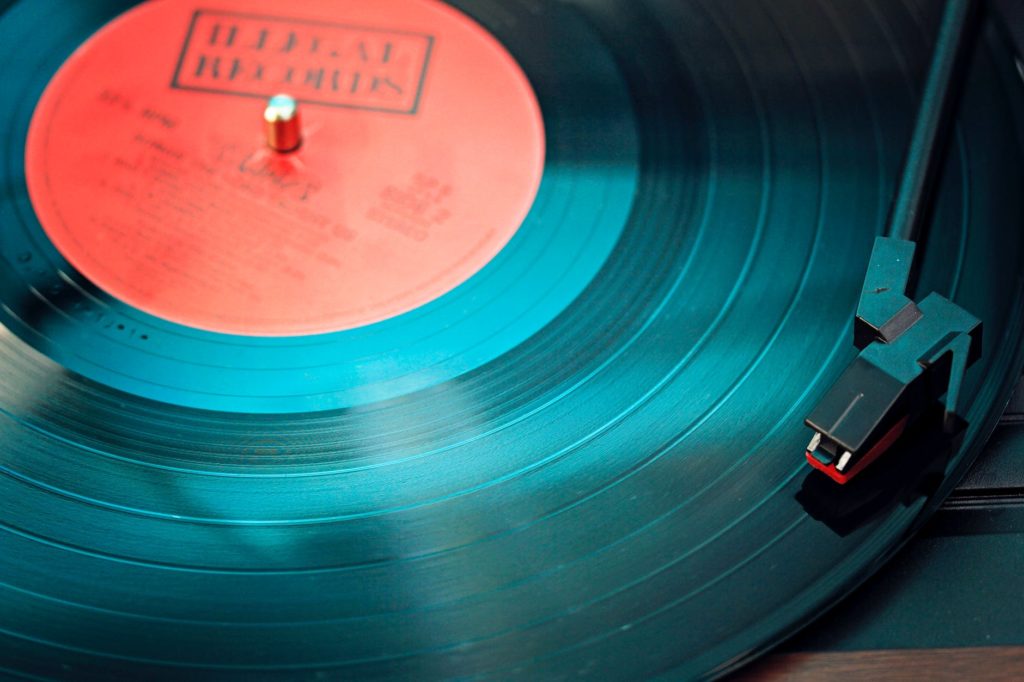
If you are interested in the over-lap between literature and art, ask yourself the following questions:
- How are writers inspired by visual artists and vice versa?
- What art works resonate particularly with you?
- Is there a literary form which is most well suited to commenting on its relationship to visual art?
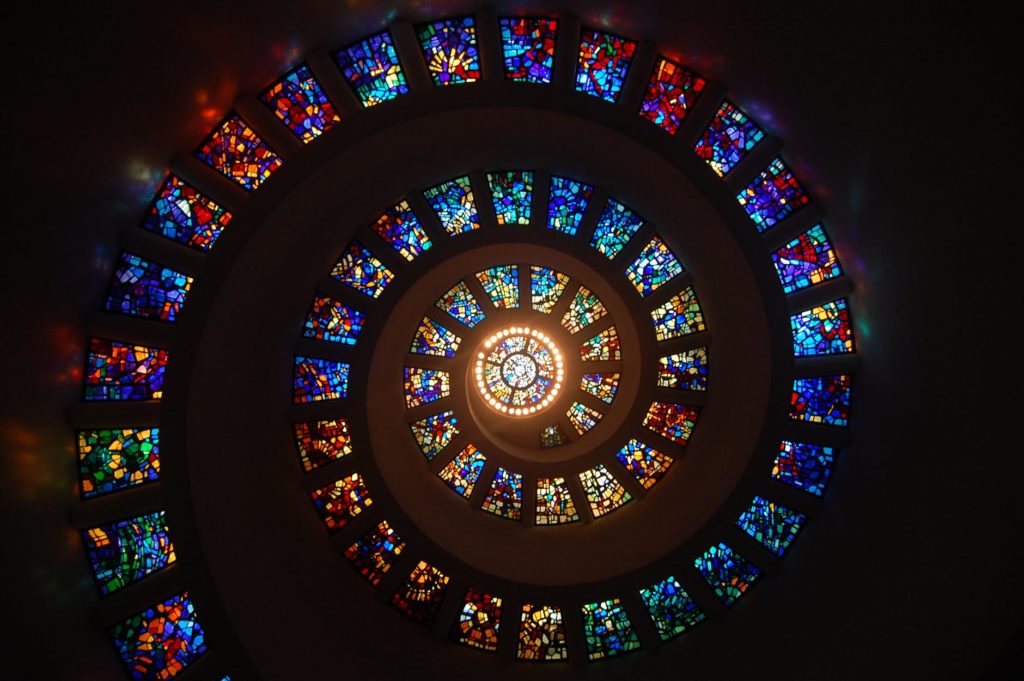
Think about individuals who have been famous for both their literary and their artistic work. Why would it be interesting to pursue more than one creative form?
- Dante Gabriel Rossetti – poet and painter
- Salvador Dali – screenplay dramatist and painter
- Pablo Picasso – wrote prose poems to accompany panels of sketches (comic script)
How might painters want to portray other types of artists within their portraits?
- See: ‘Allen Ginsberg Poet Philosopher’ by Carole Spandau.
How can poetry reflect on art as a creative field?
- See: ‘In an artist’s studio’, which is a poem by Christina Rossetti. It comments critically on how artists like her famous brother paint their female muses.
What happens when art becomes an obsession?
- Think about the role of self-portrait within Oscar Wilde’s novel The Picture of Dorian Gray (published 1890)
How can art be depicted as a means of escape?
- Consider the role that the painting plays in giving the characters access to the world of Narnia within C. S. Lewis’ Voyage of the Dawn Treader (published 1952)
Explore the following writers who have been inspired by artists:
- Anne Sexton wrote a poem published in 1961 called ‘The Starry Night’ which was inspired by Vincent Van Goph’s landscape of the same name.
- Dan Brown wrote a mystery thriller novel published in 2003 called The Da Vinci Code which was inspired by the conspiracies surrounding Leonardo Da Vinci’s portrait ‘Mona Lisa’.
Explore the following artists who have been inspired by writers:
- John William Waterhouse’s painting ‘The Lady of Shalott’ inspired by Alfred Lord Tennyson’s poem of the same title.
- John Everett Millais’ painting ‘Ophelia’ inspired by William Shakespeare’s play, Hamlet.
- Dante Gabriel Rossetti’s painting ‘Proserpine’ inspired by Ovid’s Latin narrative poem, Metamorphoses.
- Salvador Dalí’s painting ‘Mad Tea Party’ inspired by Lewis Carroll’s novel Alice in Wonderland.
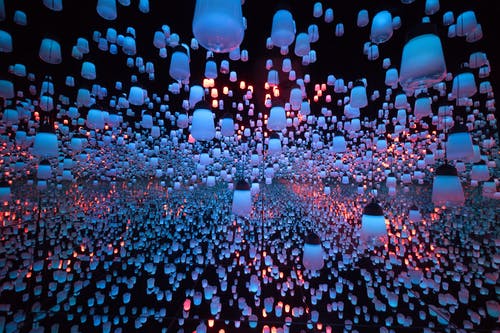
After researching all of these different avenues, see how you can explore the interrelationship of music and art within your own literary work.
See also: An Interdisciplinary Approach to Art
Amber Kennedy, Editor-in-Chief
Featured photo by Tatiana Syrikova from Pexels
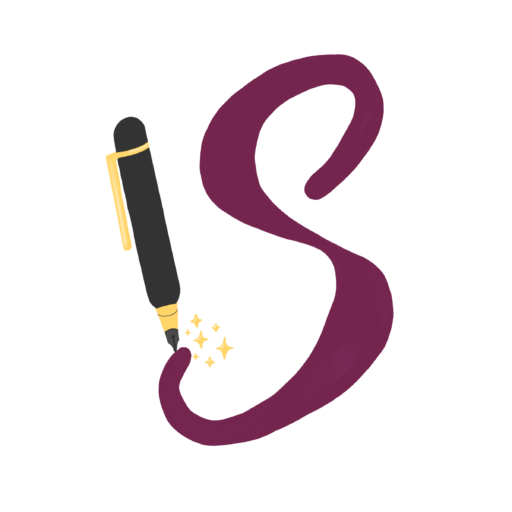
One comment